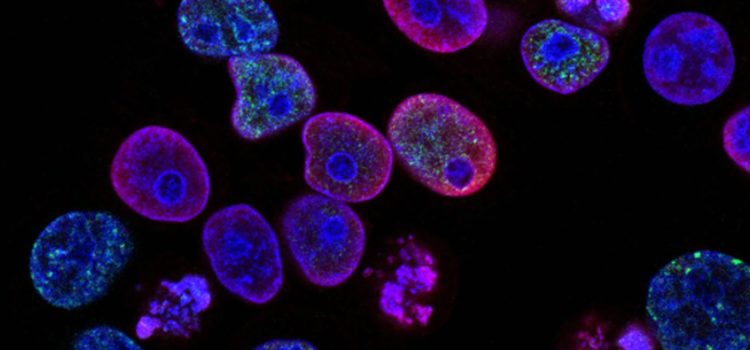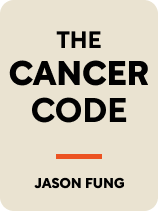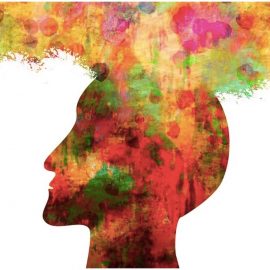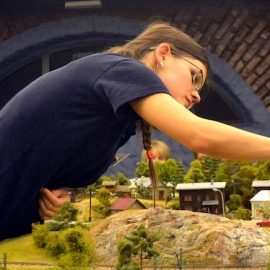

This article is an excerpt from the Shortform book guide to "The Cancer Code" by Jason Fung. Shortform has the world's best summaries and analyses of books you should be reading.
Like this article? Sign up for a free trial here.
How does cancer start? How do carcinogens in the environment set off the chain of events that eventually leads to cancer?
According to Dr. Jason Fung, cancer starts with damage inflicted by some type of carcinogen. Sometimes the body fixes that damage incorrectly, causing slight changes in the genetic material—in other words, mutations. From there, evolutionary pressure drives cellular reproduction.
Keep reading to learn about the origins of cancer, according to Dr. Fung.
Cancer and Its Origins
According to Jason Fung, the author of The Cancer Code, the origins of cancer are effectively carcinogens. Carcinogens cause damage that the body sometimes repairs incorrectly. The list of known carcinogens is enormous and constantly growing. Some of the best-known carcinogens include tobacco, asbestos, and radiation (such as x-rays or UV radiation from the sun). Others include soot and wood dust, certain drugs, and even some pathogens such as the Rous sarcoma virus and human papillomavirus (HPV). The common thread between all of these carcinogens is that they damage or destroy cells. Sometimes the body fixes that damage incorrectly, causing slight changes in the genetic material—in other words, mutations.
Every known carcinogen causes some kind of damage—the sun damages your skin, tobacco smoke damages your lungs, and so on. The damage isn’t serious enough to kill every cell the carcinogen reaches, but it does kill some of them, leaving the surviving cells to reproduce. The cells most likely to survive are those with the traits of cancer: rapid reproduction, the ability to ignore signals that trigger cell death, the ability to co-opt the body’s resources for their own survival, and so on.
(Shortform note: Despite carcinogens being so common and numerous, determining whether any given substance is carcinogenic is a difficult process. Biologists can test carcinogens directly on tissue samples in the laboratory, but they generally use very high doses of the substance to make the results more obvious. This means that lower levels of exposure might not be harmful at all—for example, we know that soot and smoke can cause cancer, but that doesn’t mean that sitting around a campfire is dangerous. Another method is for epidemiologists to look for areas with unusually high rates of a particular cancer, then look for unique environmental factors that could be causing it. Numerous different agencies are needed to research possible carcinogens and to review the results of such research.)
In short, cells evolve cancerous traits because they’re very effective survival mechanisms.
| Evolution: Survival of the “Good Enough” If we consider cancer as an independently evolving species, it might seem strange that it would evolve in such a way as to kill its host (and therefore itself). However, evolution isn’t intelligent and it doesn’t plan ahead; it simply means organisms that are able to survive and reproduce in their current environment will do so. While evolution is commonly framed as survival of the fittest, some biologists argue that it would be more appropriate to call it survival of the adequate. In other words, evolution doesn’t try to create some hypothetical perfect organism (for instance, a cell that could survive carcinogens without turning malignant); it’s the process by which “good enough” organisms create more “good enough” organisms. In short, carcinogens create an environment where cells with cancerous traits have significant advantages over cells without those traits. The fact that those malignant cells might kill their host years down the line is irrelevant—they’re able to survive and reproduce, and therefore, they do so. |

———End of Preview———
Like what you just read? Read the rest of the world's best book summary and analysis of Jason Fung's "The Cancer Code" at Shortform.
Here's what you'll find in our full The Cancer Code summary:
- A guide on what cancer is and how it works
- A deep dive into the three different models of cancer
- Why there is hope for the future of cancer treatments






